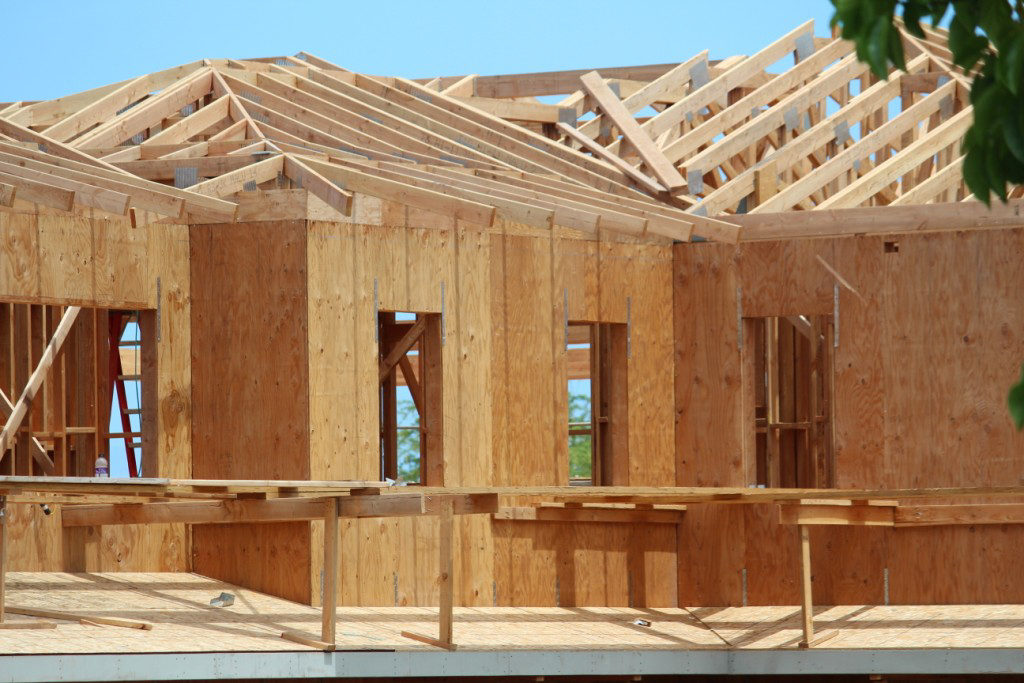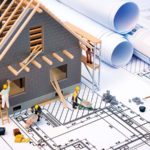Home building materials play a significant role. Since the Three Little Pigs first wiggled their curly little tails, we’ve been aware of the importance of building materials. But, while they had only three choices, we have more … a lot more.
Today, it’s not only about the strength and durability of the home but also about economy, ecology, aesthetics, style and personal choice. With universal building codes the way they are, we can usually expect them to meet at least minimum standards of quality and longevity.
Knowing Your Options for Structural Materials
Over the years, I’ve worked with many different structural materials choices for homes. They all have their advantages and disadvantages. I’ve concluded that there may be no “perfect” choice. Nothing seems to stand head and shoulders above all the rest. That being said, there’s every reason to believe that of the many choices, you could find one perfect for you.
If you are exploring options for the structural components of your new home, start with these choices. You can expand from here:
Traditional 2×4 and 2×6 stick built homesIn North America, this is the most common approach to home building. These can be site built or pre-framed, factory built homes. Builders for this method are the easiest to find and these homes are usually the least expensive to build.
Steel Framed HomesThese are constructed much the same as the wood framed homes and can also come in pre-framed, factory built panels. They offer some additional green building benefits, being thought of as more sustainable by some authorities.
SIP built homesStructural Insulated Panels are gaining popularity. These are structural panels that utilize insulation as part of the strength of the wall system. There are several different kinds of panels and methods of construction. They are often used for walls but can be used for ceilings, floors, and the roof structure as well.
Timber framed homesCommonly understood as Post and Beam, timber framed homes are often combined with SIP panels between the posts and beams. The timber provides both the strength and the natural look and feel for the home. These type homes are most popular in the country and mountains as they are more rustic looking but can have all the amenities of the most modern homes.
Log homesToday, log home materials are packaged and shipped to your site, and built according to the engineering specifications called for in whatever jurisdiction the building is taking place. Unlike the olden days, log homes can have every modern convenience you want. Or, you can choose to make them as rustic and traditional as you wish.
ICF built homesInsulated Concrete Forms (ICF) are stacked as legos might be stacked. Then they are reinforced with rebar (steel) and filled with concrete. These concrete exterior homes provide for extra strength and insulation values that save on energy consumption in most cases.
Insulated cement tilt up panels: Less popular for homes but used in more smaller buildings, cement tilt up walls offer rapid construction times and thermal benefits for homes as well. Some of these panels are constructed of two cement panels that sandwich insulating foam on the inside.
Straw/hay bale homesAs talked about as these homes are from time to time, they are still somewhat of a novelty. They do work, however. For the small number of homes built each year, there is an abundance of materials available. The bales offer structural benefits as well as insulation. Aside from thicker walls… you can built them to look just like any other home. And, no, the big bad wolf cannot blow this house down.
There are many more structural choices for building a home. You may wish to research them. I didn’t include things like brick and cedar homes because they are largely
The costs for each will vary but considering the overall cost of your entire project, the cost impact of different structural components will only alter the completed home’s cost by 0 – 10% on average.
Consider the Availability of Experienced Labor
A final thought. While all these may be viable options for you. It is important to check for the availability of the materials as well as qualified designers, installers, and builders in your area. In some cases, design and labor costs could add more to the cost of building. Also, for some of these approaches, you’ll definitely run into issues at your local building department. Sometimes they just don’t know what to look for in their inspections!
Most issues can be resolved. Take your time before you decide. Do your research. Ask a lot of questions and get good answers. Use an experienced home building coach to help with your decisions.
When it comes to building materials and the structure of your home, the more you know the better off you are.










